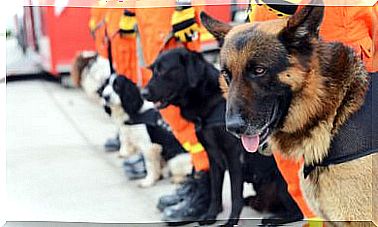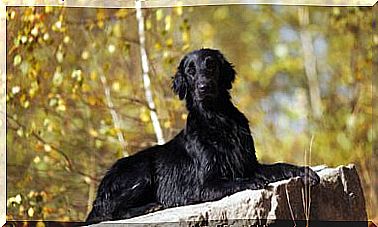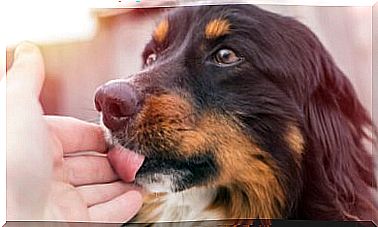How To Feed A Chick
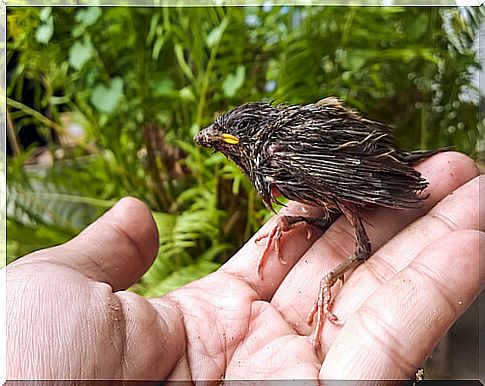
Feeding a chick is an essential first aid measure to save the life of an injured bird. With simple skills, it is possible to contribute to the preservation of animal life. For this reason, we will see some practical tips to know how to easily help an injured bird.
Most frequent accidents in wild chicks
Many youngsters fail to fully develop their wing muscles in the expected time. Therefore, they can fall when trying to fly or move more quickly.
In fact, in smaller wild birds, the most frequent cause of injuries is falls from nests. And almost 90% of these accidents occur with chicks only a few days old.

These birds can also be injured by attacks from natural predators. Mainly, when their parents are absent from the nest.
Chick malnutrition: an imminent danger with the arrival of winter
The arrival of the cold increases the concern with malnutrition of wild chicks.
It happens that it is more difficult for many species, mainly non-migratory ones, to find food during the winter. This is why it is so common to find malnourished chicks in the coldest months of the year.
These “baby birds” are still developing their immune systems and are very vulnerable. The shortage of food added to the weather and cold creates a context of extreme risk for your health.
I found an injured chick: what should I do?
When a visibly weak chick is found, it is essential to provide the correct nutrients to strengthen it quickly. Otherwise, your chances of survival will be very low.
We are unlikely to carry adequate food or instruments to feed a chick in our purse or in the car. For this reason, it will almost always be necessary to rescue the animal and take it to a favorable environment. You will have to be careful if there are other animals.
Before moving it, it is advisable to wrap it with a blanket, towel or some light clothing item. The ideal is to cover their eyes, as the animal calms down when it does not see the light. And that makes it easier to handle safely.
After wrapping, it can be gently collected. It is important to maintain stability and firmness to move the chick as little as possible.
It is necessary to clarify that these maneuvers are palliative, whose objective is to recover the animal quickly. But they are not a substitute for specialized veterinary care. Therefore, it is essential to resort to a specialized animal recovery center with your rescued chick.
What to feed a rescued chick?
We summarize 3 practical tips to know how to feed an emergency chick without harming its health.
1. Avoid giving water to the chick
Birds breathe through a small hole in their tongue. When offering water to a weak chick, the little one may choke or drown.
Your rescued “baby bird” will get enough hydration with the right food.
2. Know your species and nutritional needs
To feed a chick correctly, it is necessary to know its nutritional needs and food intolerances.
Baby birds have a very delicate digestive system and are sensitive to many substances. Some foods can seriously poison the chick, leading to death.
Therefore, the ideal is to recognize the species of the chick before feeding it. The most appropriate thing would be to go immediately to a veterinarian specialized in birds or to a rescue center. But if that is not possible, a simple internet search can reveal which species your rescued chick belongs to.
This step is essential and should not be skipped. Providing the chick with the wrong diet can lead to death.
3. Preparing your chick’s porridge
Recognizing the species and the proper diet for the rescued chick, you can start to make your porridge.
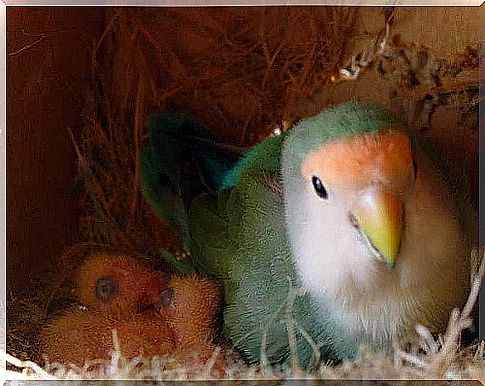
In case your chick feeds on insects and worms, their diet should be rich in minced mealworms. They can be easily found in pet stores. The ideal is to make a porridge by mixing the worms with boiled and crushed hard-boiled egg.
If your “baby bird” eats seeds, their baby food should be a mixture of water with high protein baby cereal powder. You can also add the liquefied flour of wheat germ, corn and oats.
These foods are highly protein and easy to find. But they must be supplemented with fresh animal protein, such as small live insects or mealworms.
4. Use a syringe to administer the porridge
The rescued chick will be weak and may have difficulty feeding. Therefore, it is essential to have a small syringe to help administer your porridge.
In addition to feeding a chick, it is important to provide warmth and a quiet environment where it can recover. With patience and dedication, it is possible to watch your baby bird grow strong and healthy.




